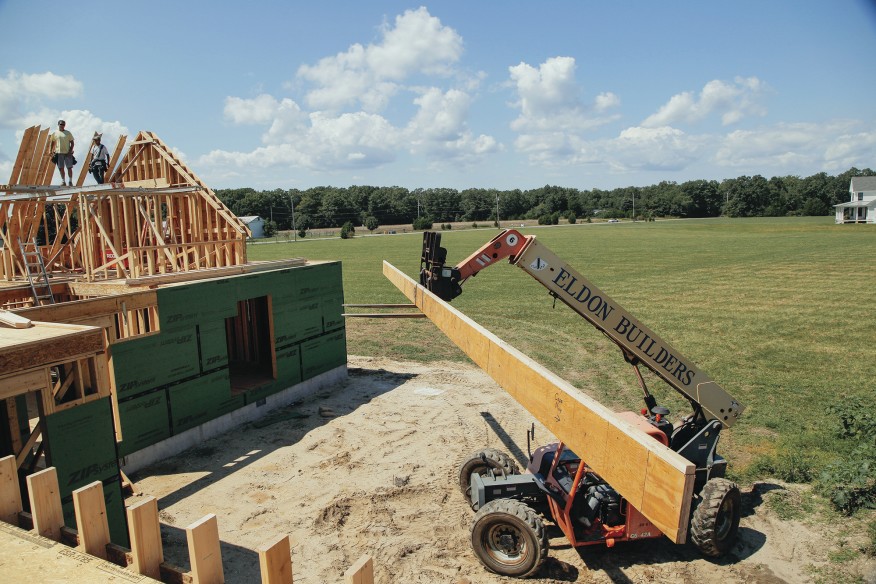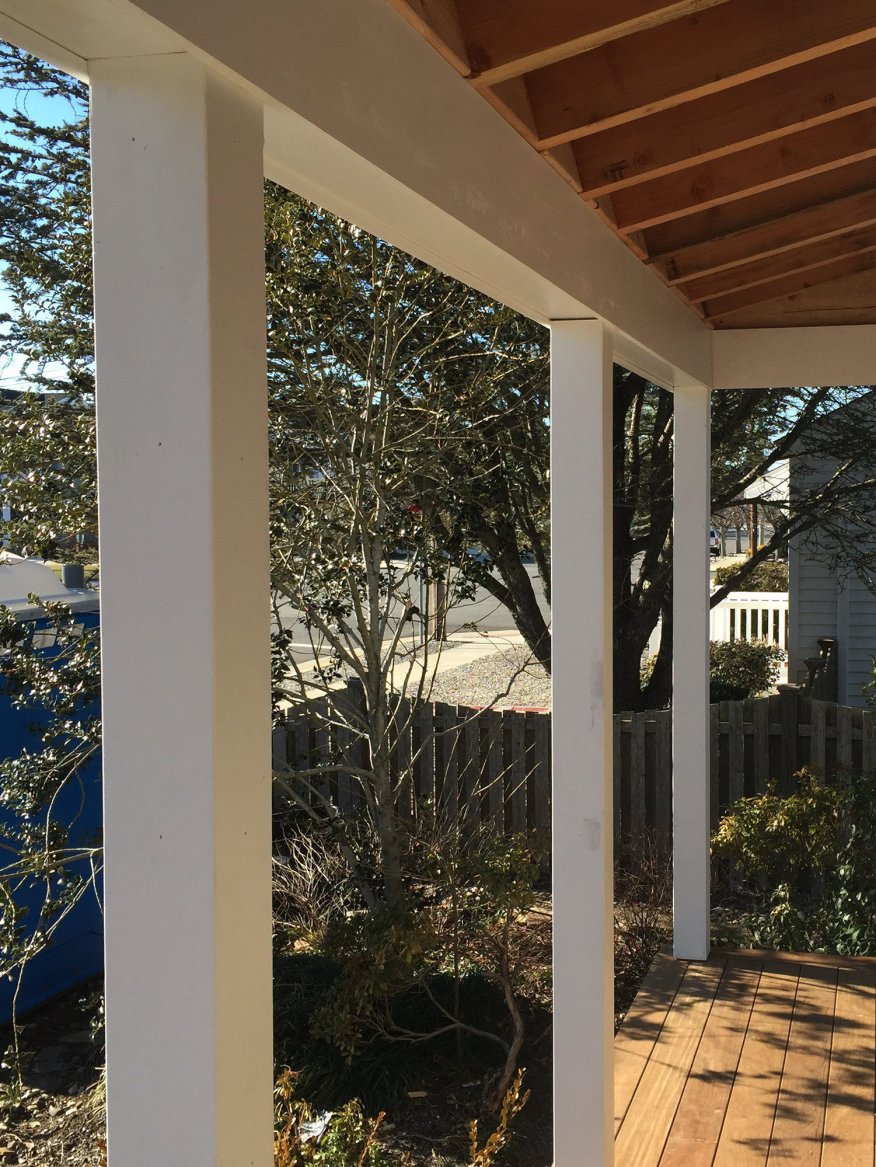Fiberglass is a common material for decks in my region of coastal New Jersey, especially when the deck is installed over living space, or when the client wants a porch roof that provides maximum protection from the weather. But when I talk to builders from other parts of the country, I find that this practice is almost unknown beyond the Jersey shore.
Category: Uncategorized
Building a Cornice
Cape May, N.J., has been a seaside resort since before the Victorian era, and the town has many homes in that period’s architectural style, along with examples of many other styles, as well. One feature that can be found in most of the older homes in this area is the crown-molding cornice. We see this detail on elaborate Victorians, traditional colonials, Greek revivals, and simple Capes.
Setting a Long Ridge
When I’m framing a building with a long ridge span, I always prefer to set one long, straight ridge rather than fuss with multiple, shorter pieces of dimensional lumber in the traditional way. Recently, we framed a house that had two very long non-structural ridges—one just shy of 44 feet and the other nearly 46 feet long. I decided to make the ridge out of 1 3/4-inch-by-11 7/8-inch LVL. We lucked out because the longest length of that dimension LVL that was readily available locally was 48 feet. (You can special order longer lengths, but I would never delay a job for one ridge beam.) I ordered the lengths for both members about a foot longer than we needed.
PVC Miter-Fold Post Wraps
In the last 10 years or so, cellular PVC products have been a game changer for exterior trim. Like most products, PVC trim has advantages and disadvantages. As a carpenter, I don’t love the material—I much prefer wood sawdust to plastic sawdust. And so does my wife—especially when I come home after working and the fine, white dust statically clinging to my clothing eventually finds our furniture. But dust notwithstanding, you can’t beat PVC for its longevity and stability.
Retrofitting a Foundation for Problem Soils
Cape May County on the coast of New Jersey is a low place. Its highest point, in fact, may be the local landfill. Geologically, it was about as far south as the glaciers traveled in the last ice age. We don’t have rock and clay, like they have in Pennsylvania to our north and west, and we don’t have the stony glacial till that’s found in New England. But we do have very nice beach sand and lots of it. This sand makes a pretty good base to build on—until it gets washed out.
A Pier-and-Beam Foundation, the Jersey Way
Most of the houses that my company builds are on the barrier islands of southern New Jersey, and most of those homes sit on grade-beams or footings supported by wood pilings or piers. These foundations are used in different configurations in many parts of the country to support buildings where soil conditions may be suspect. Here on the coast, the soil is typically sandy and low-lying. Coastal storms in these areas bring tidal surges and breaking waves that can wash away the sandy soil in a blink. Pier-and-beam foundations (see illustration, next page) ensure that buildings are properly supported and anchored on building lots that are just a few feet above sea level.






